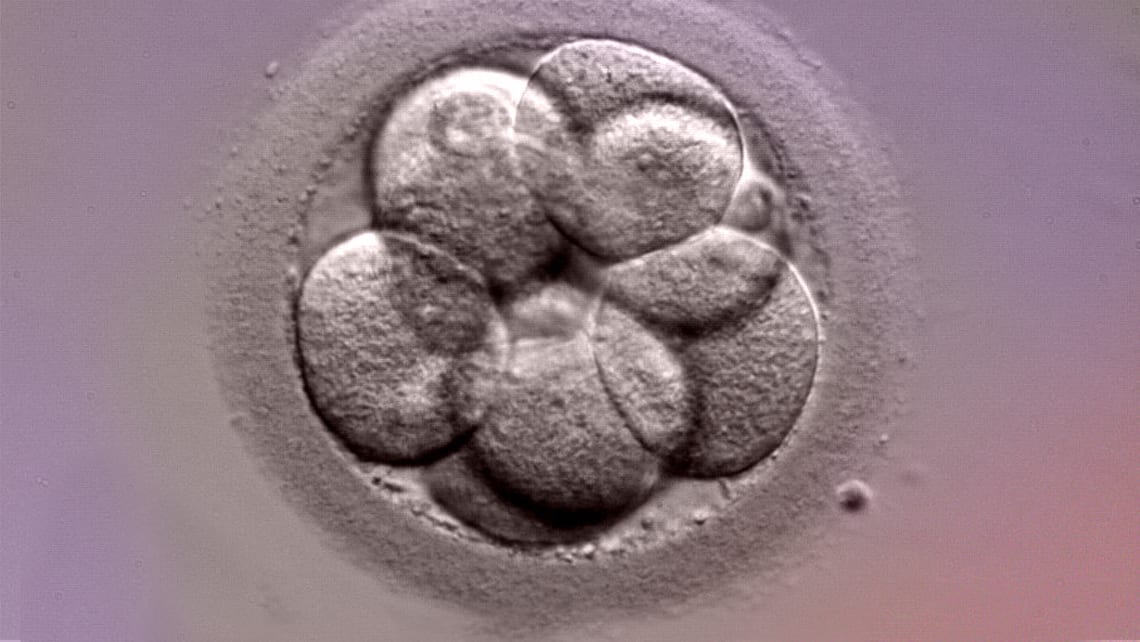
Why aren’t all embryos obtained from an IVF cycle suitable for freezing?
Today, in In Vitro Fertilization treatments, it is not extraordinary to find ourselves on the day of embryo transfer with a high number of good quality embryos. For a fresh transfer we shall be electing the embryo or embryos that morphologically and kinetically demonstrate greater development and ‘the other’ good quality ones can be cryopreserved.
These ‘remaining embryos’ may be used by the couple to have a new child in the future or in the event that the transfer of fresh embryos has not led to a successful pregnancy.
Why can’t all embryos be frozen?
But why aren’t all ‘spare embryos’ of an in vitro fertilization cycle suitable for freezing? This question is common among our patients, especially considering that in a cycle of ovarian stimulation a great number of the eggs recovered are suitable for insemination and the fertilization rate with both conventional IVF and ICSI (intracytoplasmatic sperm injection) is round 75% of inseminated eggs.
However, not all of these fertilized eggs develop optimally and give adequate quality embryos for transfer and cryopreservation. Keep in mind that the freeze-thaw embryo is an aggressive procedure that only exceeds those embryos of good quality embryos. That is why, so you have to be very strict when it comes to deciding whether the ‘spare embryos’ of an IVF cycle are frozen or not, not to create false expectations to the couple.
In our centre, only those embryos carrying adequate kinetics and morphology division are appropriate candidates for cryopreservation. According to the classification used in our laboratory, are embryos that correspond to types A and B mostly, and exceptionally some types C (ASEBIR classification).
IT MAY ALSO BE OF INTEREST TO YOU:
- Embryo freezing. Cryotransfer
- Criteria for embryo classification
- Blastocyst embryo: What it is, advantages, types and classification according to its quality
- What is the impact of vitrification on biopsied blastocysts?
- Embryonic arrest, why don’t all of my embryos develop equally?
